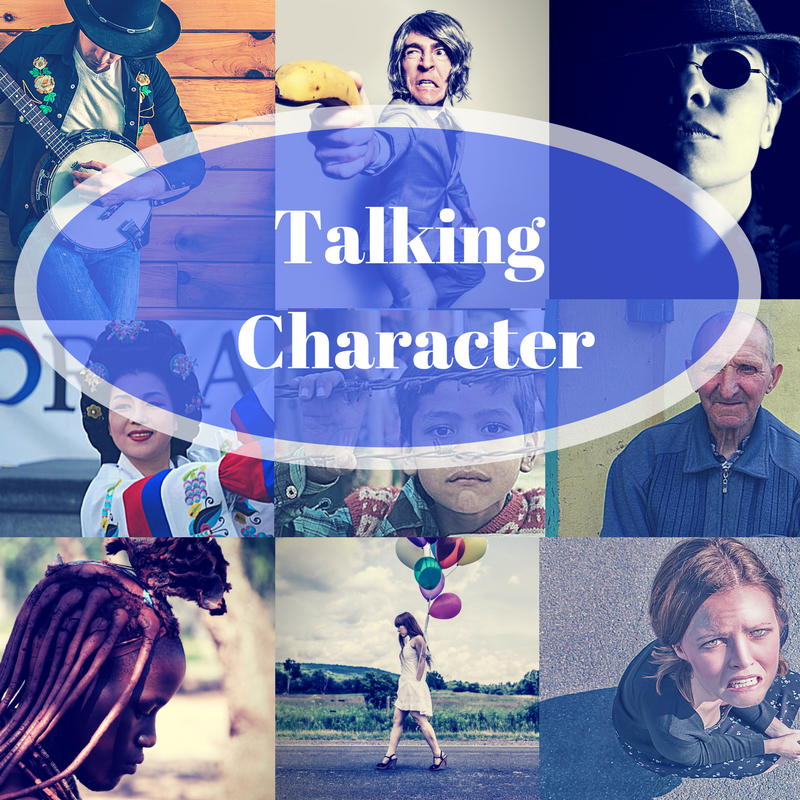I was once in a bus full of high school students when I heard a boy behind me read a single sentence. I immediately recognized the author.
That’s voice.
A strong voice is distinct, memorable, and intriguing. #writetips Click To TweetIt can grab a reader like little else. A few examples:
One day soon they hang me for a rogue. Fair enough. I have earned it a hundred times over, I reckon, and that’s leaving out a lot of acreage. Stephen Lawhead in Scarlet
I am the most tolerant of women, but to join my husband, my son, and my butler in a discussion of our evening in an opium den … was really a bit too much. Elizabeth Peters in The Deeds of the Disturber
When it came to shopping for something that required as much hope and longing as a beautiful dress, I was like a child raised by wolves—or some other, more nervous animal. Rabbits, maybe. Alyssa Harad in Coming to My Senses
So where does voice come from? The character? The writer?
Some of both, actually.
Three layers of discovering character voice
Layer one—the basics
Consider all you know about your character. His physical description, temperament, background, and demographics can all affect how he speaks. A well-educated or socially elite character will use different vocabulary and grammar than someone from the servant class. A character may be terse or chatty. He may favor colorful metaphors or concrete descriptions. He may use specific words or phrases that provide a hint of dialect, ethnicity, or historical setting.
Layer two—the deeper stuff
Next consider the character’s inner self. Bring together her two-word thumbnail, backstory, wounds, inner issues, and story goals. From this information, identify five or six key emotions that drive the character toward her story goal. Is she determined, bitter, and desperate or melancholy, yearning, and in love?
Layer three—the writer’s connection
Now that you’ve identified the style of a character’s speech and bored down their emotional essence, you need to find a way to connect with this particular character. Her story may be worlds away from anything you have experienced, but that’s OK. In this case, “write what you know” isn’t about having the same experiences, it’s about experiencing the same emotions. Come up with specific incidents in your own past where you experienced each of the emotions you identified in layer two. If you tap into those memories, you will be able to relate deeply to your character as you write.
Putting it together
You might think of layer one as informing the structure of a character’s voice, while layers two and three inform the content and attitude. Experiment with the voice by free-writing in first person, keeping in mind the style attributes of layer one and your emotional memories from of layer three. Push the character to ramble on about his inner fears or his wild dreams until you begin to sense his distinct voice. Don’t be timid. The more passion, the more risk, the stronger the voice. And don’t forget to have fun.
Where does voice come from? The character? The writer? or some of both? #writer Click To Tweet You have to bleed a little. You have to shiver a little. You have to love a lot. Holly Lisle #quote #voice Click To TweetVoice is born from a lot of words and a lot of work — but not just any words or any work will do. You have to bleed a little. You have to shiver a little. You have to love a lot… Holly Lisle




 We love helping your growing in your writing career.
We love helping your growing in your writing career.

Thanks, Lisa. You posted excellent quotes to make your point.